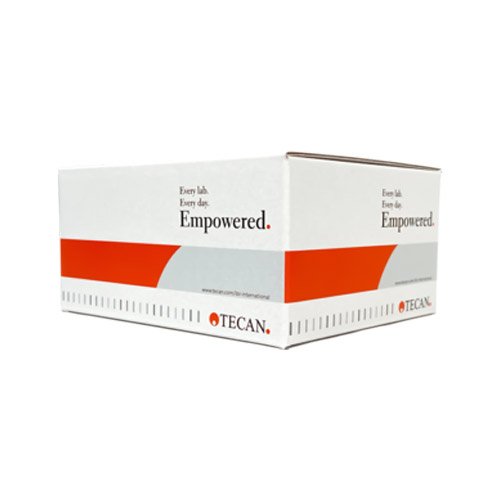Tecan IBL International offers a comprehensive range of ELISAs, antibodies, immunoassays and recombinant proteins for research use only.
Endothelins (ETs):
- Type: Isopeptides with potent vasoconstrictive activity.
- Production: Secreted primarily by vascular endothelium but also produced by various other tissues such as lung, kidney, brain, pituitary, and placenta.
Gene Encoding and Processing:
- Genes: Three separate genes encode endothelins, producing three distinct peptides.
- Precursor Molecule: Each endothelin is initially produced as a 39-residue precursor known as Big Endothelin (Big ET).
- Mature Peptides:
- Endothelin-1 (ET-1)
- Endothelin-2 (ET-2)
- Endothelin-3 (ET-3)
Structural Characteristics:
- Amino Acid Sequence: All endothelins contain 21 amino acids.
- Disulfide Bridges: Each endothelin molecule contains two essential disulfide bridges.
- Conserved Residues: There are size-conserved amino acid residues at the C-terminus of each endothelin.
Functional Characteristics:
- Vasoconstriction: Endothelins are known for their powerful vasoconstrictive effects, which play a crucial role in regulating vascular tone and blood pressure.
- Tissue Distribution: Endothelins are produced by a variety of tissues and are involved in numerous physiological and pathological processes.
Summary: Endothelins are a family of isopeptides with significant roles in vascular physiology due to their strong vasoconstrictor properties. They are encoded by three separate genes and are processed from a 39-residue precursor to yield three distinct peptides: ET-1, ET-2, and ET-3. The conserved structural features, including disulfide bridges and C-terminal residues, are crucial for their biological activity. Produced in multiple tissues, endothelins are integral to maintaining vascular function and have implications in various physiological and pathological conditions.
This ELISA Kit from Tecan IBL International is for research use only.
Tecan IBL International offers a comprehensive range of ELISAs, immunoassays, antibodies and recombinant proteins.
Explore the full range >


